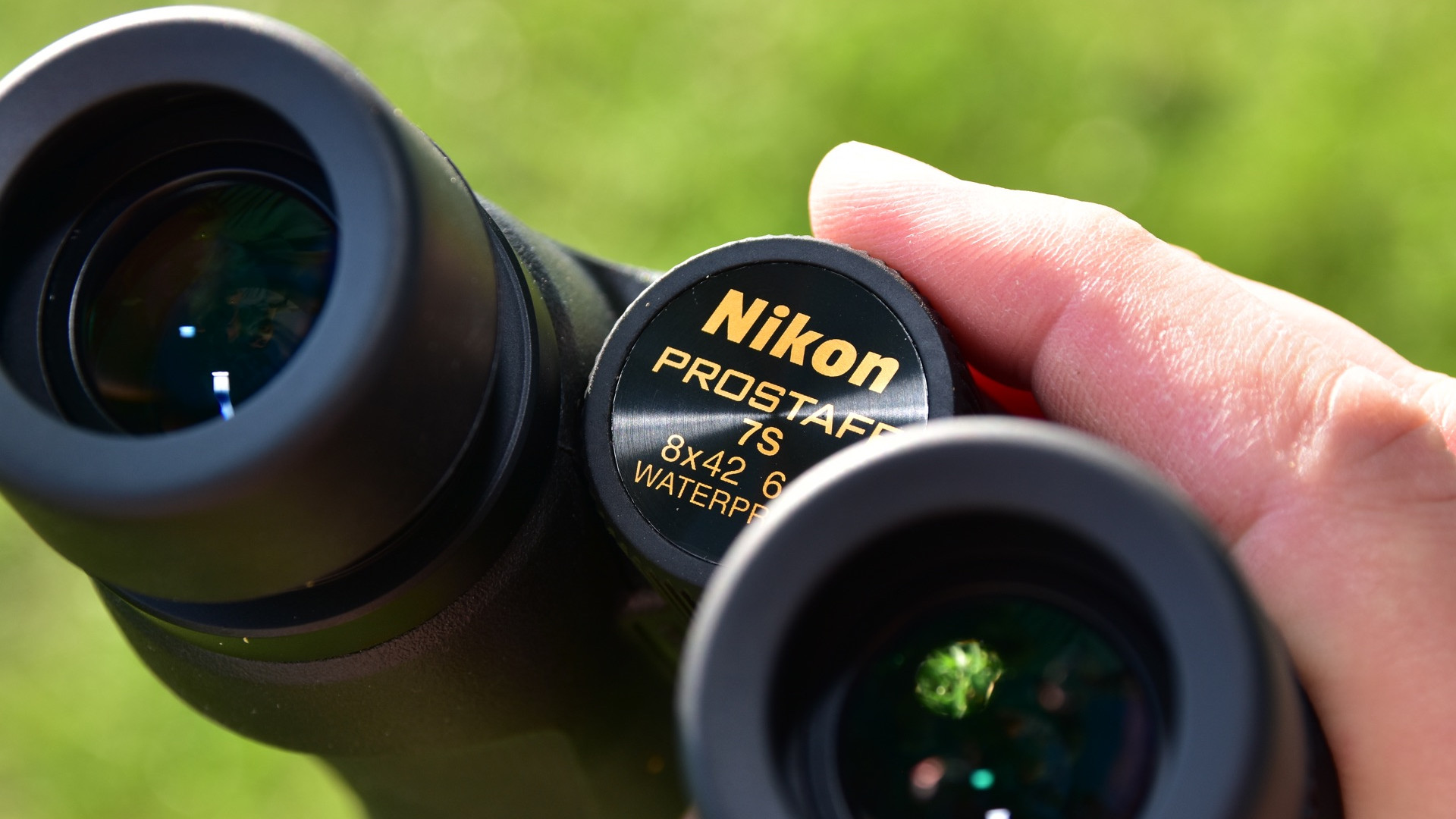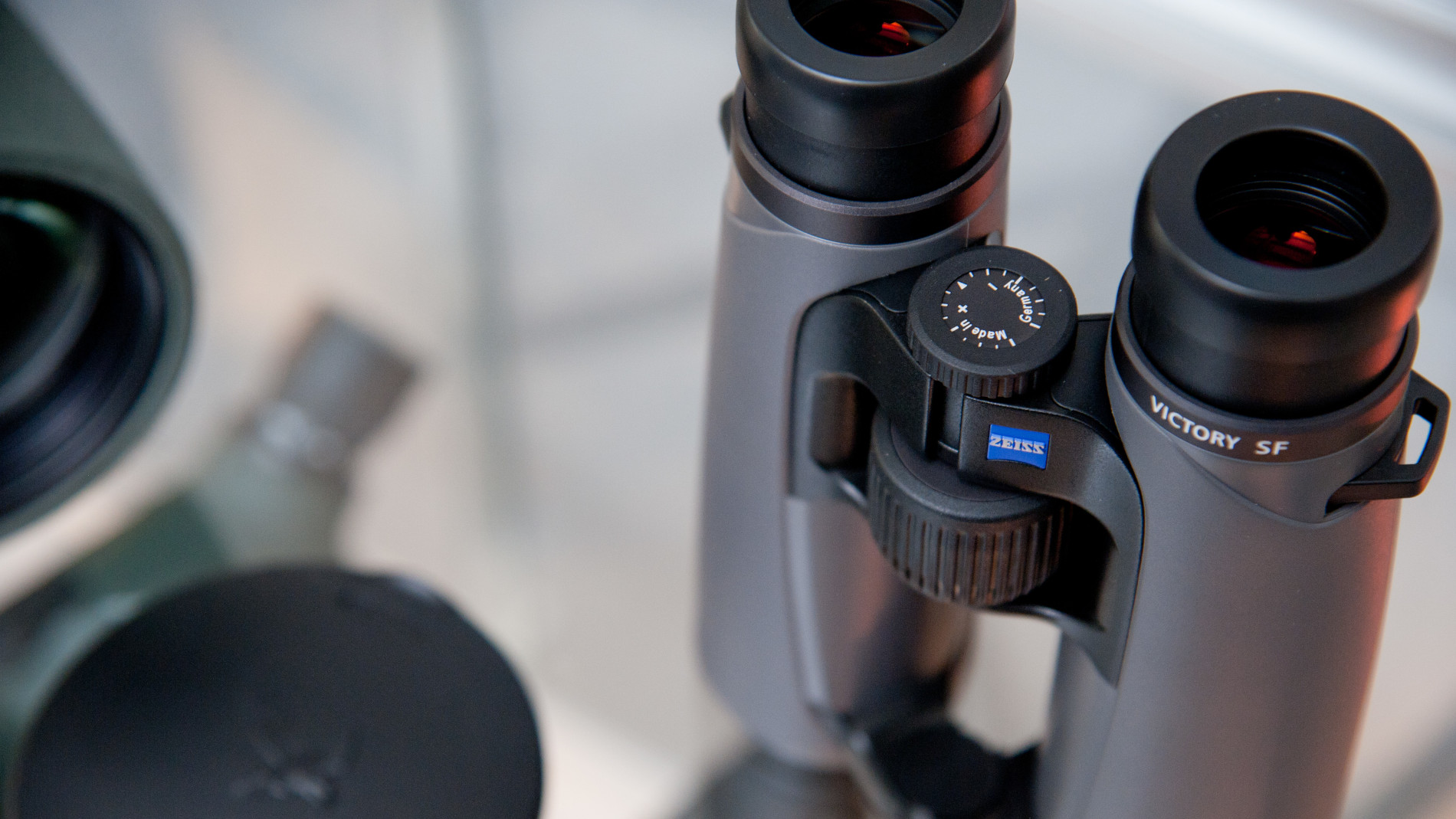A quick quality check for binoculars
With these 7 simple steps you will find good binoculars with a sharp image, even if you aren't an optical genius.

7 simple methods
There are many binoculars on the market, but the quality varies enormously. The quality can be quite different, even for binoculars with the same optical data, so you should always carry out a short quality check.
1 Check coatings
Hold the objective lens under the light of a white neon tube. You should see a purple or greenish coating. This is an anti-reflective layer and is very important for the glass.
2 Prism size
Sometimes savings are made with the binoculars’ prisms size, but they should be large enough to avoid losing light. Check that the exit pupils (the light that emerges from the eyepieces) are round and evenly bright. To do this, hold the binoculars against a bright surface (not the Sun) at a sufficiently large distance so that you can see the small bright circles.
The prisms should preferably be made of BAK-4 glass and not BK-7
3 Alignment
Look through the binoculars. You should be able to bring the two images together. If you see a double image, the optics are probably out of alignment. But when the images are brought together, you should be able to observe comfortably. As a test, look through the binoculars first with one eye and then with the other eye. By doing this, you may find differences in the alignment and possibly also rotation of the image field. But be careful! No two eyes are the same, and in some cases an observer may even have a previously undiscovered misalignment of the eye.
4 Reflection
Look around you with the binoculars and see if you see any reflection. Some binocular tubes are not sufficiently protected against reflection. Too much reflection reduces the contrast.
5 Sharpness
Sharpness should be relatively uniform over a large area of the binoculars. In the mid-price range, sharpness usually drops off a little towards the edges. However, there should be no extreme drop in sharpness, especially if it is not uniform. Look at a fir tree and try to make out the fine detail of its cones. This allows you to judge the sharpness quite well.
6 Colour
Look at a street lamp or a sunlit wall. There should be only limited chromatic aberration. A small amount of yellow fringing is normal in many mid-range binoculars. If the chromatic aberration is too great, it will reduce contrast.
7 Stars
Take a look at a few stars. It is best to select a bright star. It should appear quite point-shaped. Also check whether the stars towards the edges appear distorted or not. Now defocus the star, the out-of-focus disc should be round and not distorted.



